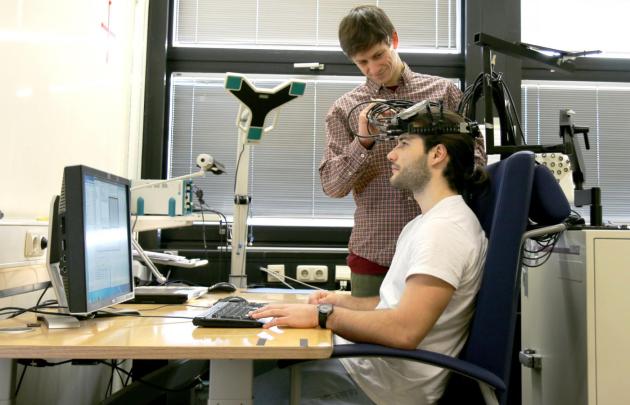
Researchers of the Department of Neurology, Psychosomatics and Psychiatry of the Institute for Exercise Therapy and Movement-Oriented Prevention and Rehabilitation have now been able to find evidence for their hypothesis, that non-verbal hand movement behaviour offers additional information concerning the state of health of the athletes, but specifically with respect to possible post-concussion symptoms.
Dr. Ingo Helmich and his team compared the hand movements of symptomatic and asymptomatic athletes after concussion. The findings show that non-verbal behaviour and hand movements differ between the two groups, in that symptomatic athletes are more likely to perform so-called "motion quality presentation gestures" which provide information on the athletes' post-concussion motor-sensory experience.
The study provides evidence of significant non-verbal gestures and behaviour differences between people with and without concussion which can serve as behavioural markers for sports-related concussions and so improve diagnosis.
German Sport University
Journal reference:
Helmich, I. et al. (2019) Symptoms after sport-related concussions alter gestural functions. Journal of Science and Medicine in Sport. doi.org/10.1016/j.jsams.2019.11.013.








No comments
Post a Comment